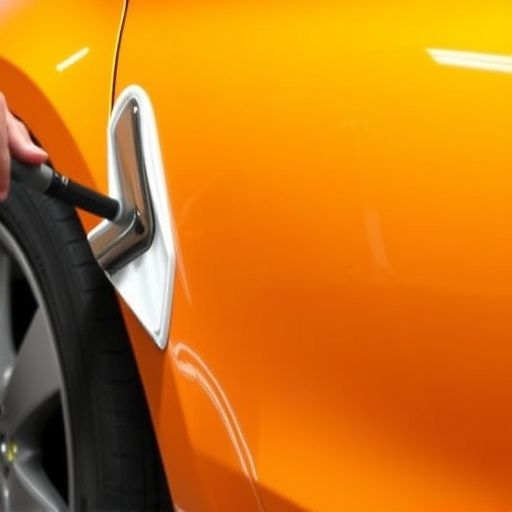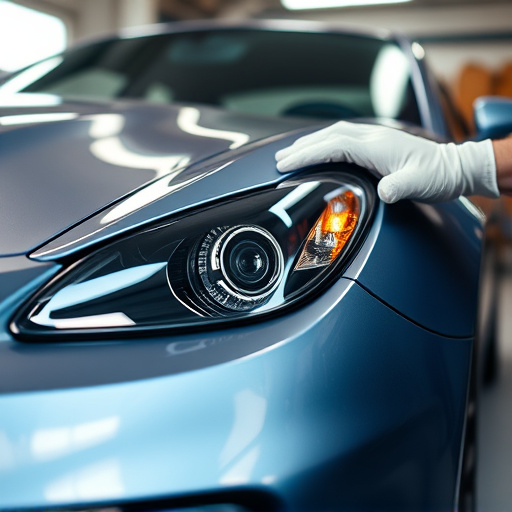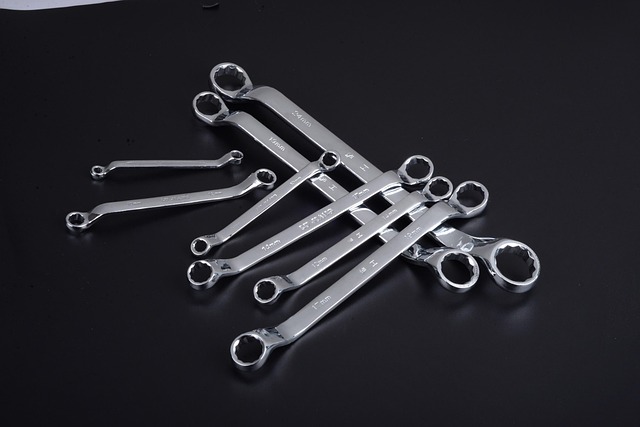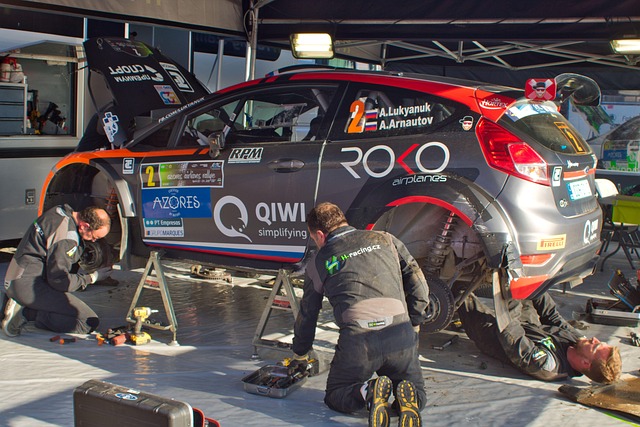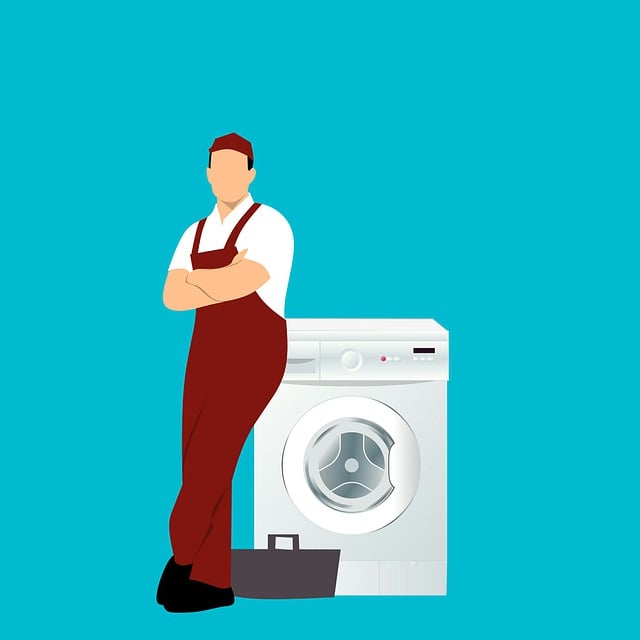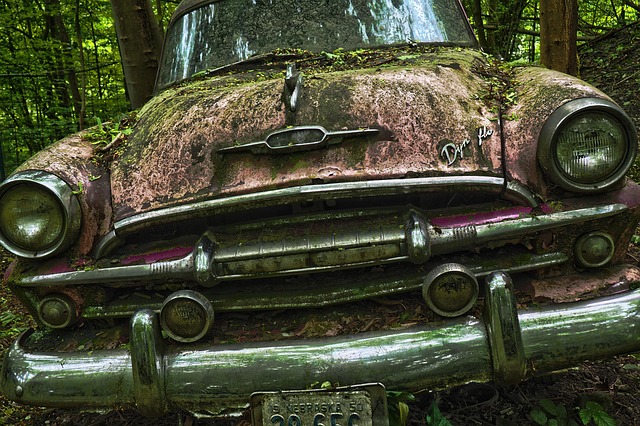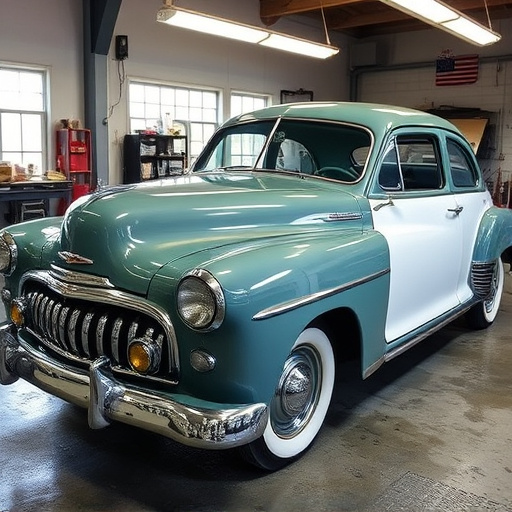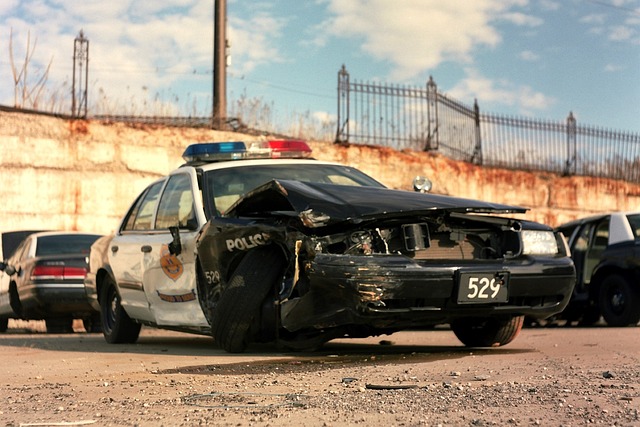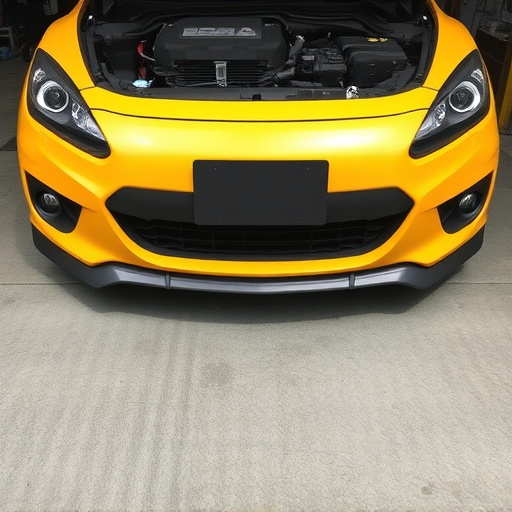Trim restoration collision tasks are crucial for maintaining vehicle aesthetics and safety after damage or collisions. These detailed repairs focus on restoring components like door handles and dashboard finishes, ensuring both functionality and pristine looks. Efficient workflows, structured protocols, and advanced tools streamline the process, with quality control measures guaranteeing timely completion and superior results. Professional centers prioritize quality, training technicians in the latest techniques and employing technology like precision sanders and digital color matching to set high standards in automotive repair services.
Staying on top of trim restoration collision tasks is vital for maintaining a vehicle’s aesthetics and safety. This comprehensive guide delves into the strategies needed to complete these critical repairs promptly and efficiently. From understanding the intricacies of trim restoration collision tasks to implementing streamlined workflows and utilizing quality assurance tools, we explore every angle. By mastering these techniques, you’ll enhance your workshop’s productivity and ensure superior results in trim restoration.
- Understanding Trim Restoration Collision Tasks
- Efficient Workflows for Timely Completion
- Tools and Techniques for Quality Assurance
Understanding Trim Restoration Collision Tasks

Trim restoration collision tasks are a critical aspect of automotive aesthetics and safety. These tasks involve meticulous repairs to vehicle interiors, particularly the trim panels, following a collision or damage. Understanding the scope of these tasks is paramount for both auto repair services and individuals seeking to master auto detailing. The process encompasses more than just fixing scratches; it requires the replacement or careful restoration of various components, from door handles to dashboard finishes, ensuring the vehicle’s interior not only looks pristine but also functions flawlessly.
In the world of vehicle repair services, trim restoration collision tasks demand a keen eye for detail and an extensive knowledge of automotive materials. Professionals in auto detailing employ specialized techniques, such as sanding, priming, and painting, to match the original factory finishes precisely. This meticulous work not only enhances the visual appeal but also ensures structural integrity, addressing any underlying damage that could compromise the vehicle’s safety. Efficient management of these tasks is crucial for both collision centers and individuals, leading to faster turnaround times and satisfied customers.
Efficient Workflows for Timely Completion

Implementing efficient workflows is paramount for achieving timely completion of trim restoration collision tasks. Streamlining processes from initial assessment to final quality check ensures no time is wasted. Well-defined procedures, clear communication channels, and standardized parts inventory contribute significantly to this efficiency. For instance, establishing a structured protocol for evaluating damage, gathering necessary supplies, and assigning tasks to the right team members can hasten the entire restoration process.
Moreover, integrating auto detailing and bumper repair into these workflows becomes seamless when properly organized. Car repair services benefit from having dedicated stations for each stage of the trim restoration collision task, enabling technicians to move swiftly between tasks. This approach not only enhances productivity but also ensures every detail is attended to, ultimately leading to higher customer satisfaction with the final results.
Tools and Techniques for Quality Assurance

In the realm of trim restoration collision tasks, achieving timely completion while maintaining quality is paramount. Professional collision repair centers employ a multifaceted approach, leveraging specialized tools and advanced techniques for meticulous quality assurance. These include precision sanders for removing imperfections, state-of-the-art paint sprayers ensuring even coats, and digital color matching technology to precisely replicate original car paint services. By integrating such innovative methods, automotive repair experts can guarantee not only timely turnaround times but also superior results that restore the vehicle’s aesthetic appeal and structural integrity.
Moreover, skilled technicians utilize a comprehensive checklist of quality control measures. This involves rigorous inspections at every stage of the restoration process, from assessing the extent of damage to verifying the accuracy of trim alignment and paint finish. Regular training on the latest collision repair techniques further enhances their ability to handle complex cases effectively. These dedicated efforts ensure that each car, upon completion, meets the highest standards, making it a testament to the collision repair center’s expertise and commitment to customer satisfaction in automotive repair services.
Trim restoration collision tasks demand efficient workflows and precise techniques to ensure timely completion without compromising quality. By understanding these tasks, adopting streamlined processes, and utilizing the right tools, professionals can masterfully navigate the challenges of trim restoration, delivering superior results that meet tight deadlines. This strategic approach not only enhances productivity but also ensures customer satisfaction in a competitive market.


